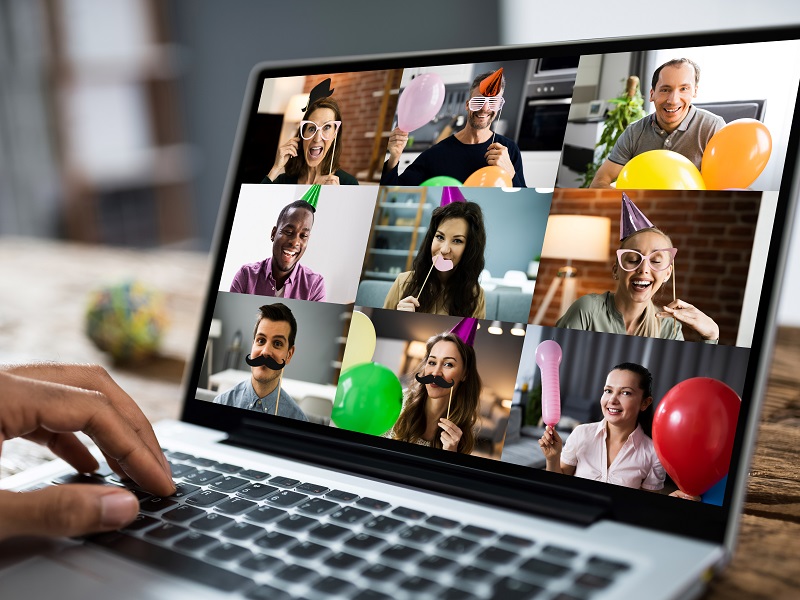

It’s been two years since CGI Inc. held its last big in-person social event for employees.
The Bollywood-themed extravaganza, hosted in March 2020, offered several activities, including henna painting, catered Indian cuisine and even Bollywood dancing lessons provided by the organization’s India office. The event was one of a few social engagements CGI has thrown as part of an initiative to foster a more positive work environment.
The company has cultivated a workplace culture where employees work hard, but when it’s time to play, they can enthusiastically ditch their computer keyboards for whatever themed costume is called for by the company events, says Ann Everett, CGI’s vice-president of client operations and lead of its positive work environment committee. But the coronavirus pandemic put an end to the festivities, which were a pivotal way the company was boosting employee engagement and morale.
Read: One year later: Why employers should create ‘water-cooler’ moments for employees amid the pandemic
In the early months of the pandemic, the positive work environment committee found it challenging to find ways to translate these events to the new remote working reality, says Everett. However, the committee’s members knew that continuing the tradition of hosting social events was doubly important as it became more clear that the pandemic — and the social isolation that comes with remote working — was affecting employee mental health.
“When I set up the committee, . . . I wanted people to think about CGI and think about the fun they had and the way they were able to connect with their fellow members,” she says. “As the pandemic came through and discussions around mental health arose more pointedly, we realized the huge impact these events were having on people’s well-being.”
While the events aren’t as big as they used to be, they’re now more family friendly. In 2021, the committee held a recipe exchange; a virtual rock, paper, scissors tournament; a Halloween horror trivia night; a Diwali bonanza; a family feud night; and a holiday wish bingo and raffle night.
Read: How AstraZeneca is boosting employee connection, engagement amid pandemic
Social connection leads to engagement, which is connected to well-being, says Andrea Bartlett, director of human resources at Humi, a Toronto-based HR technology company. Two years into the pandemic, she’s seeing employers be more intentional when it comes to fielding virtual social interactions that used to happen organically in the office.
“We’ve learned that we need to have more proactive and consistent social events, so we commit to two per month. We also have a quarterly remote social for all new hires . . . that is optional for anyone else [who] wants to attend.”
Employers are also now contending with a period of a pandemic-fuelled ‘Great Resignation” and CGI isn’t immune to it, notes Everett. As a result, the organization is leveraging its reputation as a fun place to work as a way to show candidates they value employees’ whole selves and not just the work they bring to their internal roles.
“As much as you’re hiring individuals for a role, you’re also hiring individuals who come with their own lived experiences,” says Bartlett. “It’s important to get to know what keeps them excited [and] what they do for fun outside of work.”
Read: Two years later: Canada’s DB, DC pension plans weathering the pandemic
Humi’s pulse surveys have shown its employees want to feel connected and learn from each other, she adds, noting its onboarding survey asks employees questions about their favourite snacks, restaurants and types of food. Bartlett advises organizations to think seriously about the kind of culture they want to build in a remote environment.
CGI recognizes that employees’ need for social connection has only increased during these tumultuous times. “Although it was fun prior to the pandemic because we could plan bigger, now we’re more in need of activities that keep us together,” says Everett.
This is the second part of a series of articles running this week that will explore how the benefits, pension and institutional investment industries have changed in the two years since the pandemic was declared.
Read the first part here:
Two years later: Canada’s DB, DC pension plans weathering the pandemic
